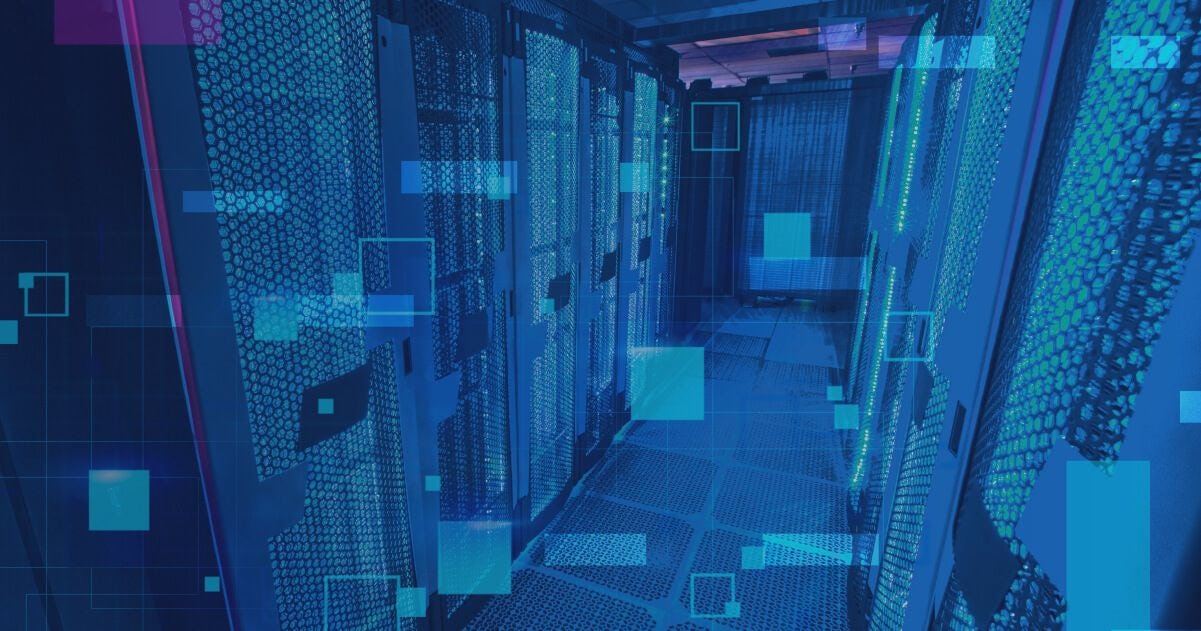Given the explosive growth of IoT devices, we expect industries to generate unprecedented volumes of data. The amount of data will only continue to grow when the spreading 5G networks cause the number of connected mobile devices to skyrocket.
In the past, cloud and AI promised to automate and speed up innovation by helping organizations drive actionable insight from data. But the unprecedented scale and complexity of enterprise-generated data via connected devices have quickly outpaced network capabilities. Sending all the data to a centralized data center or cloud caused bandwidth and latency issues.
Edge computing systems solve this problem by offering a more efficient alternative. The idea behind it is that data is processed and analyzed closer to the point where it's created. Because data doesn't traverse over a network, latency is significantly reduced. Mobile edge computing results in faster and more comprehensive data analysis, creating opportunities for deeper insights.
What exactly is edge computing, and how does processing data locally help businesses today? Keep on reading to find out.
Table of contents:
- Edge computing explained
- Cloud vs. edge computing: What's the difference?
- Edge computing solutions: Wrap up
Edge computing explained
Edge computing is a networking approach that focuses on bringing data closer to the source of information and computation in order to reduce latency.
In practical terms, it means running fewer processes in the cloud and moving those processes to local places – such as a user's computer, an IoT device, or an edge server. Bringing computation to the edge of the network minimizes the amount of long-distance communication that needs to happen between a client and server, thus reducing latency.
Today, edge computing is a common practice for connected devices, such as smart sensors or IoT devices.
Why is edge computing important?
The amount of data generated by connected devices in our world is higher than ever before, but most of this Internet of Things data is not used at all. One McKinsey study found that an offshore oil rig with 30,000 sensors uses less than 1% of its data to make decisions.
Edge computing harnesses the increasing computing power on edge devices to provide deep insights and predictive analysis in near-real-time. Such an increased analytics capability in edge devices powers innovation to improve product quality and enhance business value.
It also raises important strategic questions, for example:
- How do you manage the deployment of workloads that carry out these types of actions in the presence of increased compute capacity?
- How can you use the embedded intelligence in devices to impact operational processes for your employees, customers, and business more responsively?
Businesses need to answer these questions and implement the edge computing approach that solves the greatest industry problems to thrive in the connected world.
Examples of edge computing
Consider a building that comes with dozens of high-definition Internet of Things (IoT) cameras. These are "dumb" cameras, meaning they simply produce video output and continuously stream that output to a cloud server.
But here's what happens next:
- Once the video content lands on the cloud server, it will be put through a motion-detection application that ensures only clips with activity are saved to the server's database.
- Still, this results in significant strain on the building's network infrastructure. It means large amounts of bandwidth are consumed by the high volume of streaming footage being transferred to the cloud server.
- Additionally, a heavy computational load is placed on the cloud server itself. After all, it must process all of the video footage received directly from all of the local cameras at the same time.
This is where edge computing comes in. Imagine if each camera had its own internal computer to run motion-detection algorithms on captured images and then send those images to a cloud server when needed.
Now you see how edge computing promises to improve the performance of a wide range of products, services, and applications. Examples include:
- Security cameras – as we described above.
- Internet of Things devices – for a smart device connected to the Internet, it's better to run code on a device than in the cloud to deliver more efficient user interactions.
- Autonomous vehicles – these vehicles need to react in real-time and won't benefit much from waiting for instructions from a server.
- Efficient content caching – by running code on a CDN edge network, an application can customize how content is cached to more efficiently serve content to end-users.
How does edge computing work?
When it comes to computing, edge refers to the location of the device on which business data is generated. Edge computing is all a matter of location.
In traditional enterprise computing, data is produced at a client endpoint – for example, a user's computer. That data is moved across a WAN such as the Internet through the corporate LAN, where the data is stored and worked upon by an enterprise application. The results of that work are then conveyed back to the client endpoint.
This remains a proven and time-tested approach to client-server computing for most typical business applications. But the number of devices connected to the Internet and the volume of data being produced by those devices and used by businesses is growing far too quickly for traditional data center infrastructures to accommodate.
In an increasingly digital world, moving data between systems is tricky. In times-sensitive or disruptive situations, it puts a strain on the connection that is already susceptible to congestion and disruption. That's why architects have shifted focus from the data center to the logical edge of infrastructure. If you can't get your data closer to the data center, move the data center closer to your data.
Edge computing isn't new – it's rooted in decades-old ideas of remote computing – such as remote offices and branch offices. Placing computing resources at the desired location rather than relying on a single central location.
Benefits of edge computing technologies
The key benefits of edge computing include improved service time, reduced costs, and new functionality opportunities.
1. Cost-effectiveness
As you can see in the example above, bandwidth use is minimized, and server resources are conserved with edge computing.
Cloud and bandwidth resources are finite and cost money. By 2025, there will be over 75 billion Internet of Things (IoT) devices installed worldwide. If every household and office is equipped with smart cameras, printers, thermostats, and other IoT devices, significant amounts of computation will be moved to the edge simply because it's the best solution.
2. Performance
Another significant benefit of moving processes to the edge is to reduce latency. Every time a device needs to communicate with a distant server somewhere, there is a delay.
Just to give you an example:
Two coworkers in the same office chatting over an Instant Messaging platform might experience a sizable delay because each message is routed out of the building, communicates with a server somewhere across the globe, and then is brought back before it appears on the recipient's screen.
Edge computing resources address this problem by bringing computation and processing to the same place where data is generated.
3. Novel functionalities
Bringing more processes to the network's edge can help to ensure thorough and timely processing of data and information and avoid unnecessary delays that may arise when transferring files or documents between different computing platforms.
It also opens up the possibility for real-time processing of data and information by allowing teams to analyze new information at the network edge.
Challenges of edge computing
One drawback of edge computing is that it increases attack vectors – i.e., opportunities for hackers to steal information or damage the computer system. With the addition of more "smart" devices into the mix – such as edge servers and IoT devices with robust built-in computers – malicious attackers have new options to compromise these devices.
Another challenge of edge computing is that it requires more local hardware. For instance, an IoT camera needs a built-in computer to send its raw video data to a web server. But to analyze data, it would require a much more sophisticated computer with more processing power. Otherwise, running some motion-detection algorithms would be impossible. Still, the dropping costs of hardware allow teams to build smart devices cost-effectively.
Cloud vs. edge computing: What's the difference?
The first computers were large and bulky, and users could only access them remotely. However, the invention of personal computers gave people access to computing resources in their homes and offices. Personal computing became the dominant computing model as applications, and some data were stored locally on a person's computer.
Cloud computing was an extension of that model – centralized services hosted near end-users could be accessed from any device over the Internet. Latency soon became a problem due to the growing distance between users and the cloud.
This is where edge computing techniques come in. It moves some applications closer to end-users to decrease latency while maintaining the central nature of cloud computing. So, the two concepts fit well together – and edge computing certainly doesn't exclude the use of cloud computing solutions.
Edge computing solutions: Wrap up
By bringing computation and data storage together, edge computing helps organizations use data created by connected devices to uncover opportunities, increase efficiency, and provide better experiences for their customers.
The best edge computing models will adhere to privacy laws and regulations, keep workloads up-to-date according to predefined policies, and manage security risks. But this process isn't without its challenges. The most effective edge computing models address network security risks, management complexities, and latency and bandwidth limitations.
Are you planning to develop an edge computing solution? Share your thoughts in the comments section; we look forward to hearing about your experience with edge computing and how it helped your business.
If you need a hand in selecting the optimal solution for your company, feel free to contact us and let’s discuss your business needs.

